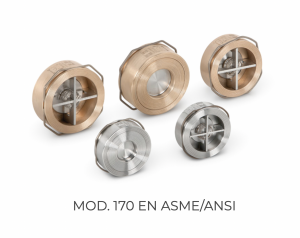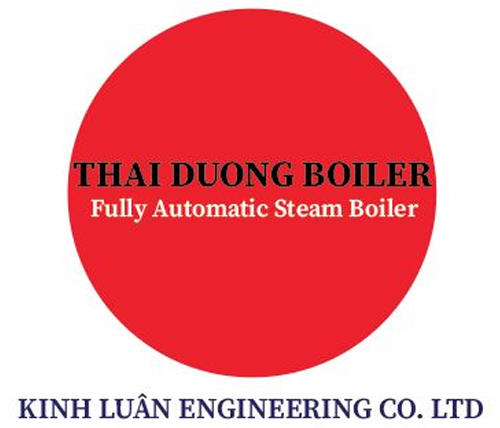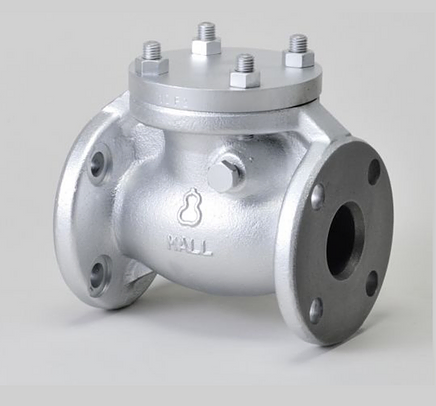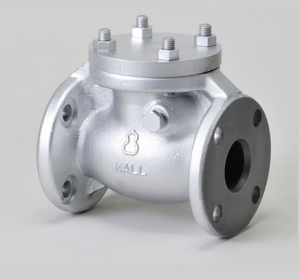What are Check Valves?
Check Valves are devices that are designed to protect the piping systems; by allowing the flow of the substance to only moves in one direction and preventing it to move in the opposite direction. This is an automatic device that functions on the basis of the impacted force from the flow. Additionally, check valves also reduce the number of accidents related to the pipe’s leakages and others by controlling the direction of the flow.
Application of Check Valves
Check valves have a variety of application to different industries such as:
- Piping Systems
- Air Ventilation Systems
- Water Treatment Systems
- Heat
- Steam
- Waste treatment
- etc.
Types of Check Valve:
1. Swing Check Valve
(illustration – M10KFCS_HITACHI)
Swing Check Valve’s structure contains a disk that can prevent the direction of a flow by swinging back and forth.
Swing Check Valves Application:
- Wastewater treatment
- Pneumatic control in industrial industries
2. Lift Check Valve

(illustration – Fig. 77_ERIKS (ECONOSTO))
When the substance flows in the direction of the arrow (on the valve), the pressure of the substance win against the spring’s pressure. Thus the plug attached to the spring is lifted off the seat and allow the substance to flow through. When the substance’s flow is not present, the plug will automatically spring out and plugged the seat, and prevent any substance to flow pass.
3. Wafe type check valve
Wafe type check valve is usually mistaken with butterfly valve. However, the butterfly valve has additional features outside of the body; while the wafe type check valve does not.

(illustration – Van Một chiều Model 170 VYC)


